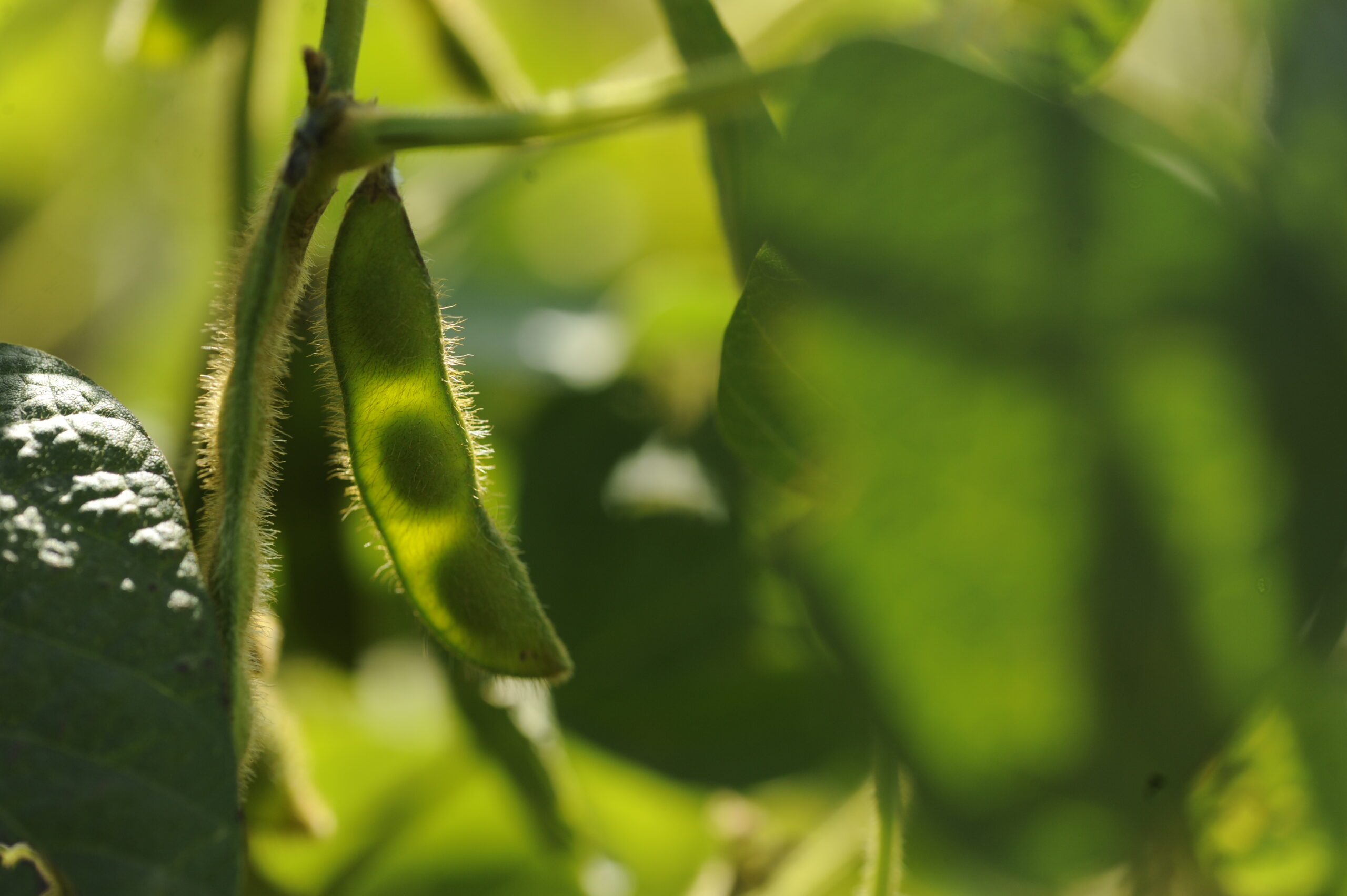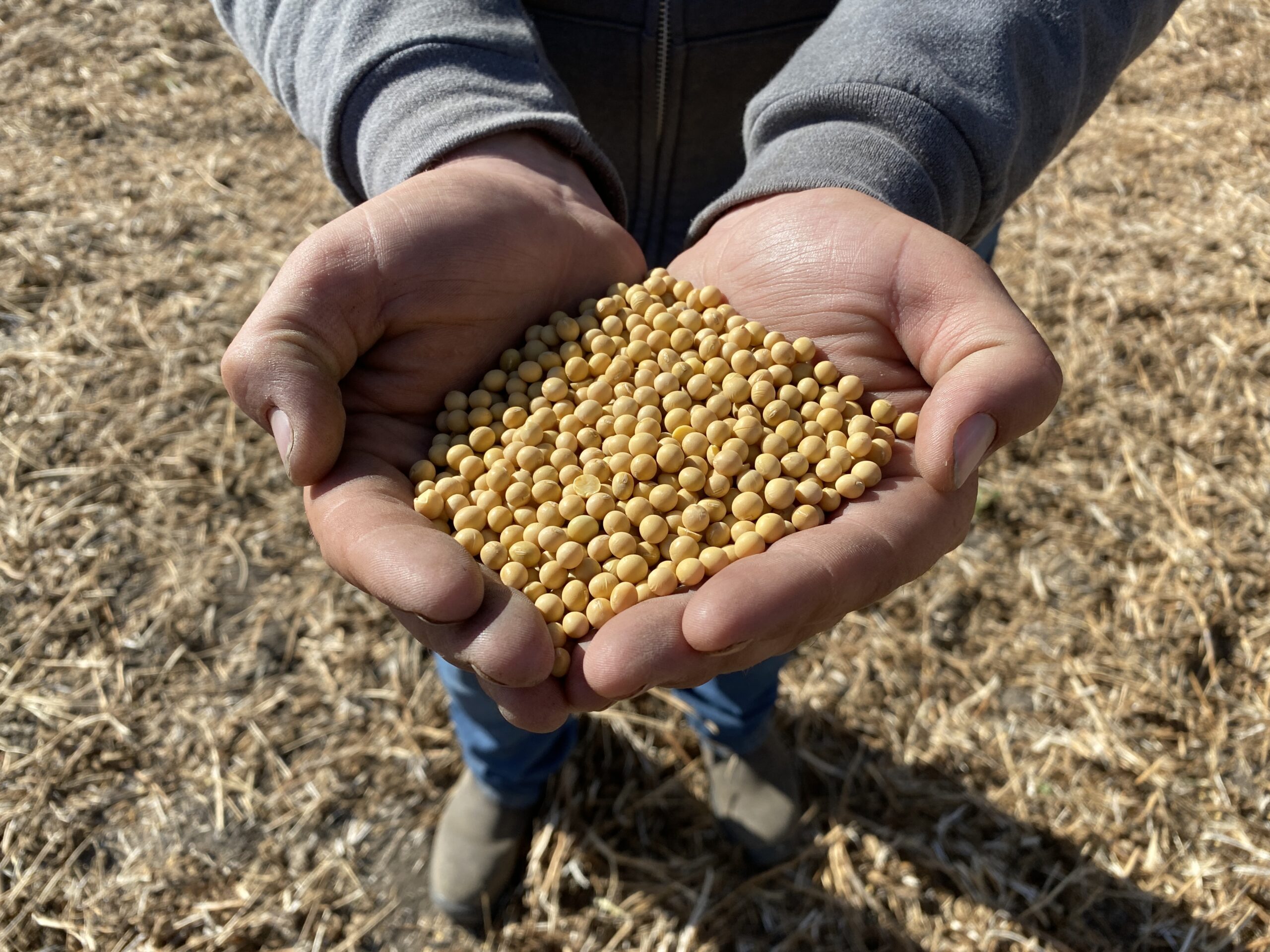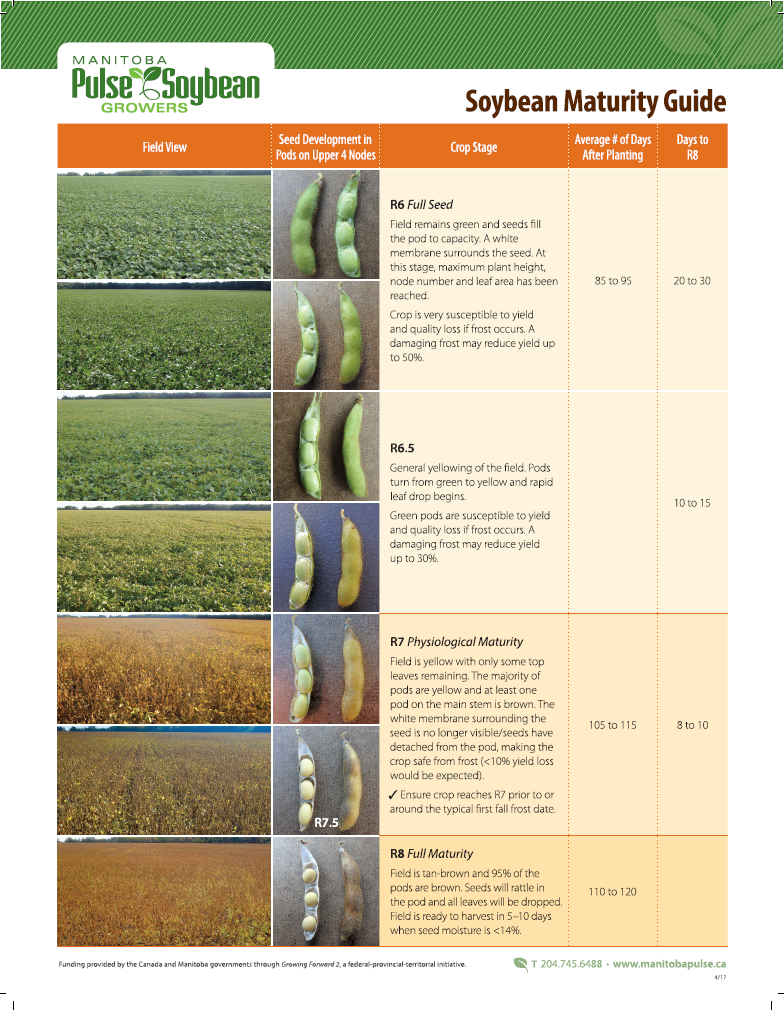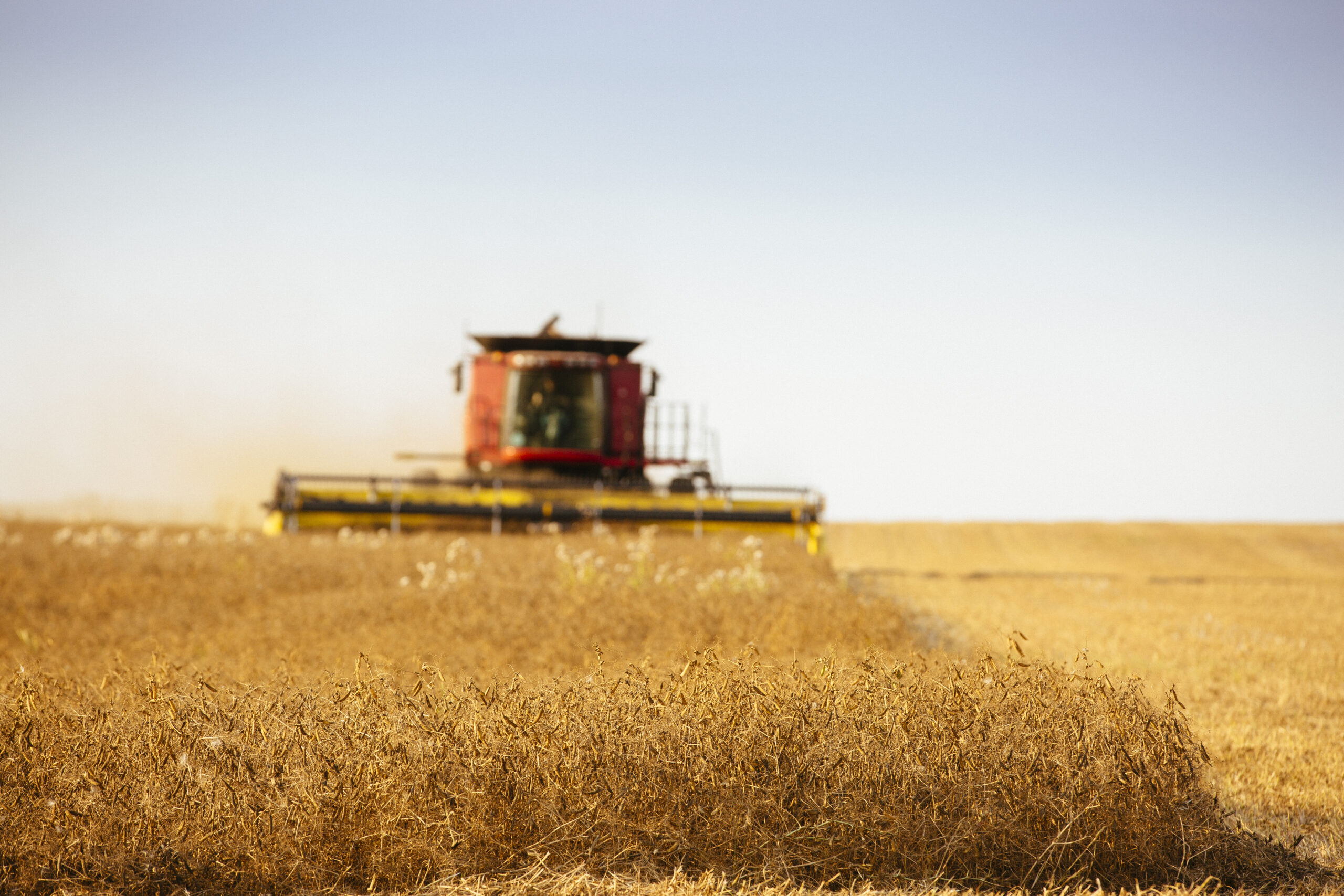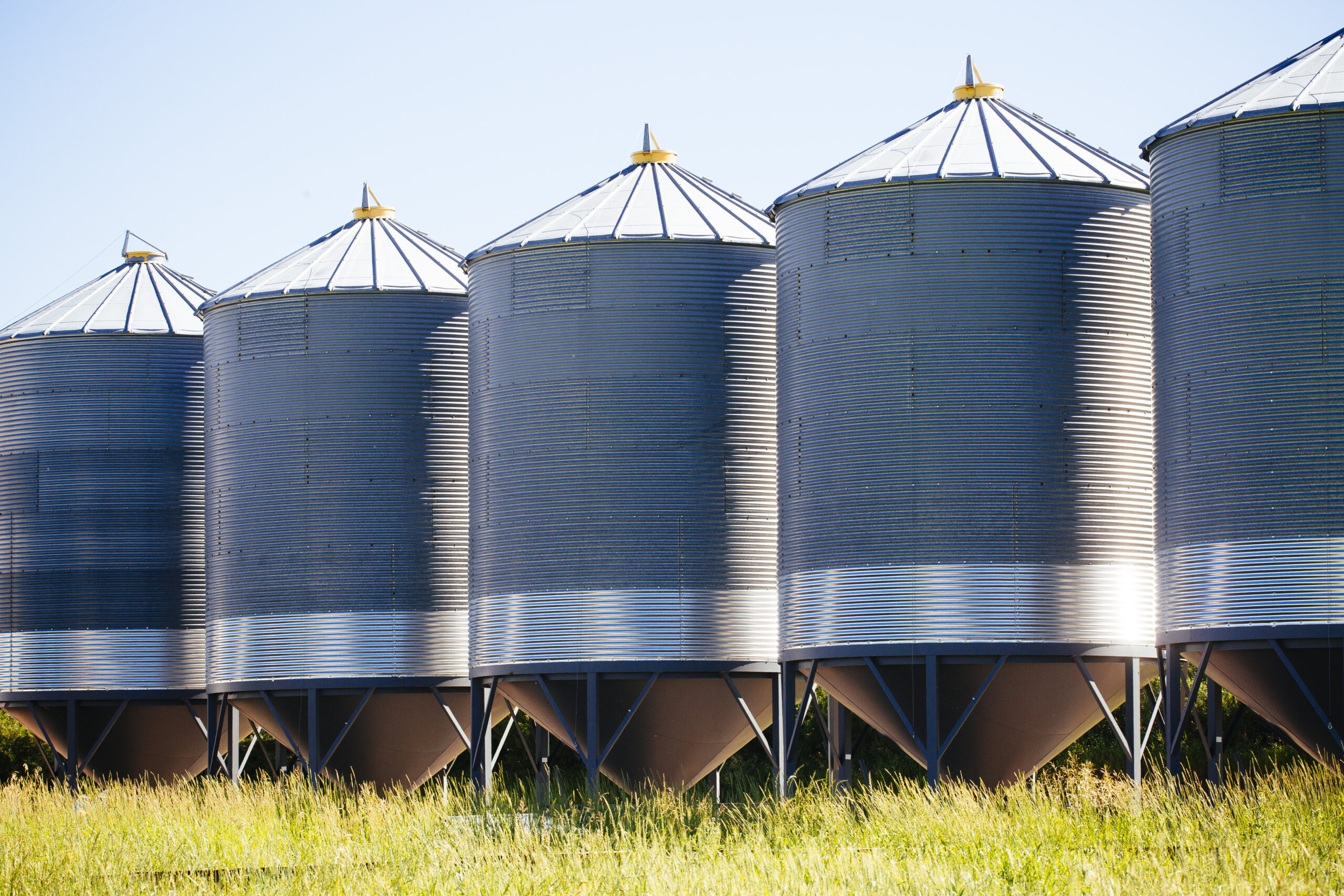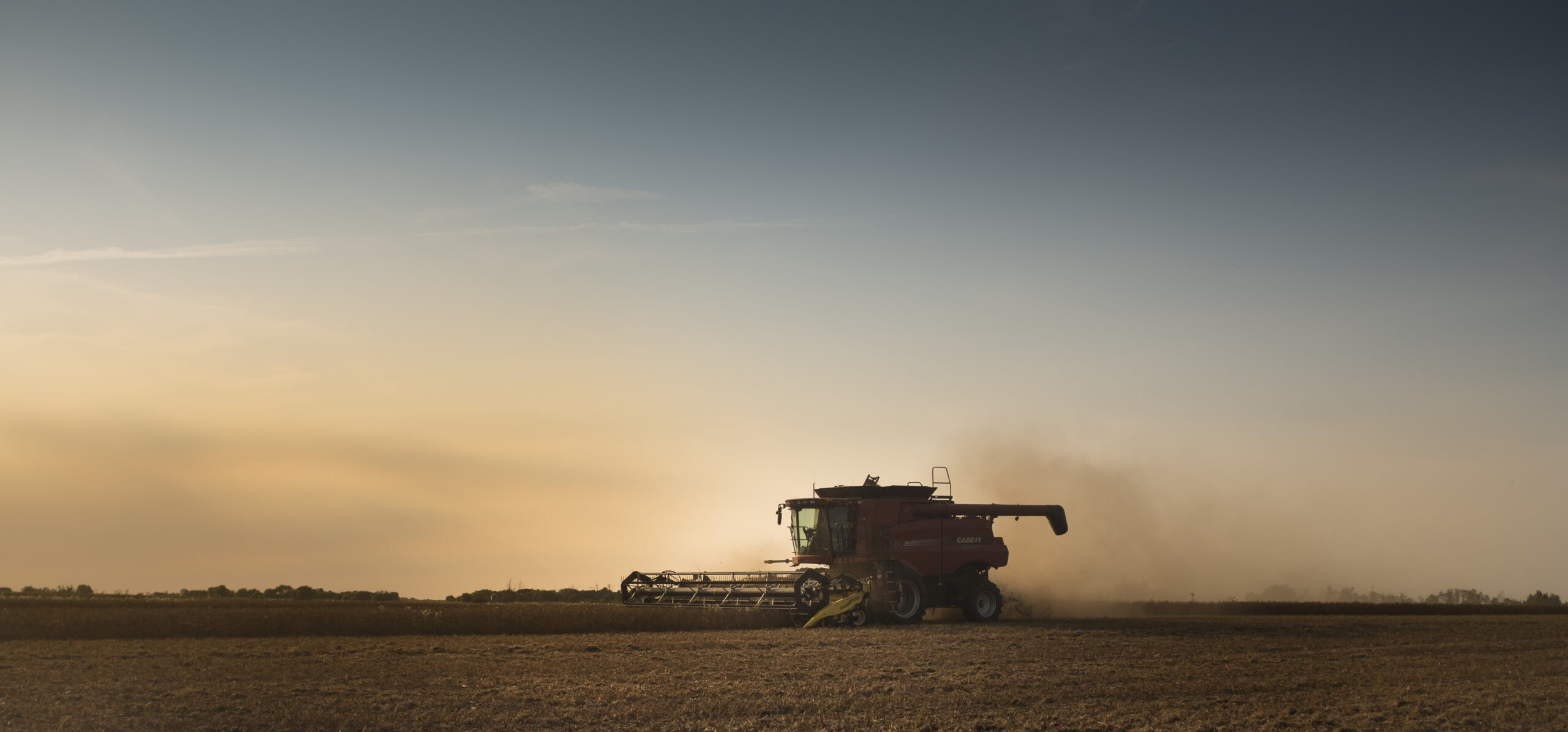The rapid shortening of days starting in mid-August drives the soybean to maturity. Minimum temperatures for soybean seed ripening have been shown to be 8–9°C with the optimum temperature being 19–20°C. Cool temperatures (less than 10°C) during seed fill can negatively affect soybean yield by reducing seed size and delaying maturity.
Soybeans are susceptible to frost in early fall. A light frost of 0°C to -1°C may kill top leaf growth but should not affect pods and seeds. Temperatures below -1°C for an extended period can cause damage to green stems, pods, and seeds, reducing yield and quality. Soybeans are most susceptible in the reproductive (R) 5 to R6 stage. In the R6 stage (full seed), plants are still green and top nodes are still filling. At this stage, frost may reduce yield by up to 50%. In the R6.5 stage, when seeds have finished filling at the top of the plant and bottom leaves are starting to drop but pods are still green/yellow, frost damage could reduce yields by up to 30%. At R7 the soybeans reach physiological maturity and frost may reduce quality with green seed but would have less than 10% impact on yield.
Soybeans begin to mature as defoliation begins. Leaves begin to dry down and fall off the main stem, while pods turn brown, and the seeds will rattle when fully mature. Harvest timeliness is important, and while the ideal moisture content for storage and harvest is 13%, harvesting can begin at 20% moisture. Delays resulting in moisture contents of less than 13% are undesirable, as increased shatter loss, splits, and weight loss will occur.
Soybeans are most commonly straight cut, because swathing increases shattering losses, and swaths are prone to blowing, as there is not much stubble to anchor them. If maturity is uneven, or green weedy material is a concern, there are several registered pre-harvest products that can be used.
Combines should be set properly. Concave clearance and cylinder speed should be set to avoid seed cracking. Reel speed and ground travel speed should be synchronized to avoid cutter-bar shatter. Floating cutterbars can be helpful to reduce losses as well. Cutting as low to the ground as possible will help capture low pods. Checking for losses on the ground is important (only four beans per square foot on the ground equals 1 bu/ac of yield). Adjustments should focus on gathering at the header area as those account for more than 80% of the harvest loss. Loss should ideally be less than 5% of the total yield.
If harvest occurs when soybean moisture is above 13%, soybeans should be conditioned to bring moisture down. Soybeans can be dried using any drying method. If using a grain dryer, care must be taken to avoid over-drying the soybeans to prevent excess shrinkage. Dried grain needs to be cooled down using fans or aeration after drying. If drying soybeans using natural air in an aeration system, it is best done with a full aeration floor to ensure even movement of air and drying. Bins should be temperature monitored to ensure no heating occurs. Using conveyors and avoiding overhandling can also help avoid cracking and damaging the seeds, which can result in increased dockage.
Grading factors for soybeans include foreign material, test weight, damage (heated, mouldy, splits), downy mildew, and mixed colours.
